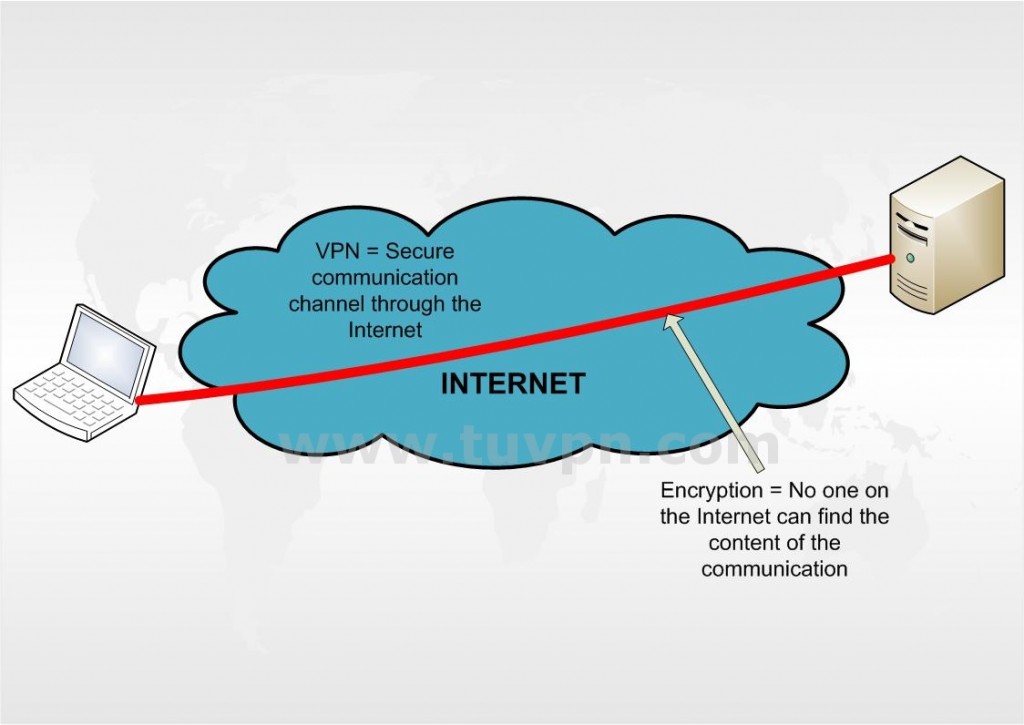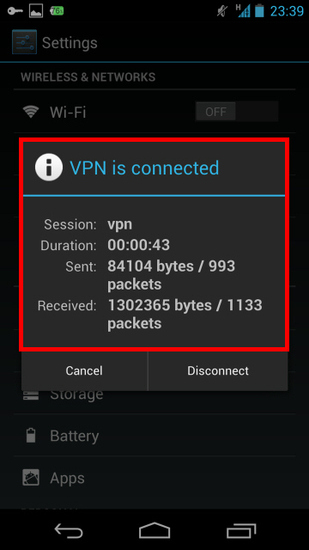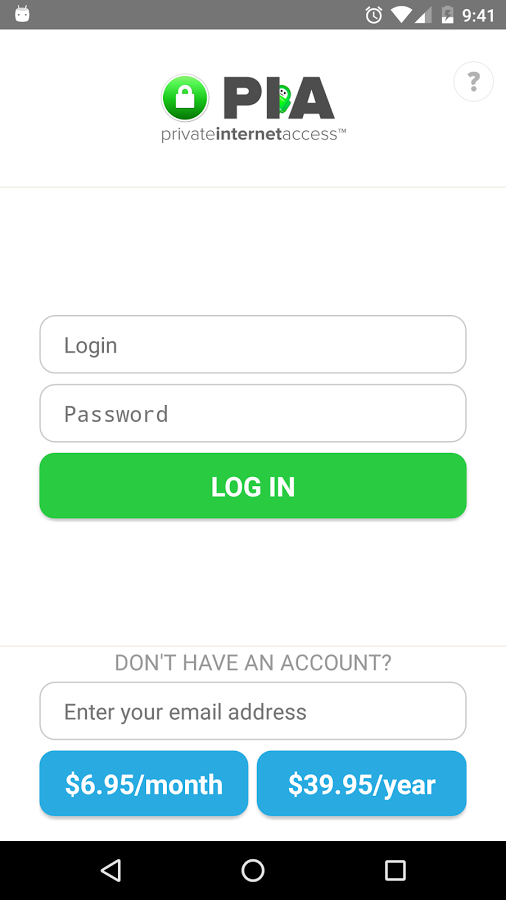How To Connect your Android Phone to a VPN

We live in a world where connections are divided, and only certain countries gain access to specific content. Not only this, but public networks are known to be compromised by data thieves. To compete against this issues, tech-savvy users utilize something called a VPN.
VPN stands for a Virtual Private Network. A VPN allows you to connect to another network via the internet securely. They’re used to increase security, connect to region-specific content, and to remain anonymous while online. Yes, that means keeping your information private while sitting at Starbucks to work.
How Does A VPN Work?
You can use a VPN on any device that connects to the internet, including laptops, tablets, and mobile phones. It works by connecting your device to a different server and allows you to use that device’s network connection.
Put simply, a VPN allows you to connect to a computer in say, Germany, and convince the network that your device is there. They’re incredibly useful and contrary to popular belief, VPN’s aren’t very hard to establish. You can set one up at your house, in a public space, or from your business. Some people use a VPN to access their business network while away, for example.

A basic look at VPNs
Most operating systems have a built-in VPN creation software that streamlines the process. In this post, however, we’re going to talk about setting one up on an Android device. If your device doesn’t have a built-in VPN connector, follow these steps to set one up anyways.
Setting Up A VPN App On An Android Device
The easiest way to set up a VPN is with a third-party application. Most of them take minutes to establish, and some even offer free trials for you to test the quality. Some apps also allow profile switching between devices, like ExpressVPN.
Anyways, most later Android devices won’t require a root for these apps, but some may. If you have an older machine, you’ll want to look into rooting before setting one up. Otherwise, applications like NordVPN, TorGuard VPN, and Private Internet Access VPN are great, economical choices. All you do with an app is set-up an account, choose a country to connect to, and get to browsing.

A connected VPN screen
Subscribing to a service may give you extra device connections and specific, video streaming servers for example. Some plans offer over 1,000 different servers to choose from, with options to switch your IP address on the fly. An outstanding, frequent feature is the Kill Switch. This option instantly shuts down all of your connections should they be compromised.
You can definitely feel safe using near any VPN service, as the inherent nature of one is incredibly secure. That said, make sure to research the different apps beforehand to ensure it has the features you need.
Setting Up A VPN With Built-In Settings
If your Android device has built-in VPN settings, it’s pretty easy to set one up. That said, it isn’t always the best option to use these settings. If your Android has integrated support, it’s likely only for PPTP and L2TP type VPNs. PPTP is seen as more of an outdated connection, with both it and L2TP having a variety of security issues. True, you won’t have to download an app this way, but you’re facing a connection that’s much less secure.
However, sometimes you may have no choice but to use the integrated option. If that’s the case, here’s how to do it.
Go to the settings on your Android device, select “More,” and choose the VPN tab. Then, type in the relevant VPN information like which type of connection and the proper server address. You can name each VPN for a more natural organization as well. Once connected, you can switch between multiple different servers whenever you’d like – especially if you save account information on each one.
Later Android devices also have an “Always-On” mode that prevents data from sending unless you’re connected to a VPN. This is a useful feature for those often on public Wi-Fi, as your device will always connect to the VPN over a traditional connection.
Popular Third-Party VPN Applications
Now that you know about how to use one, here is a list of some comprehensive, quality VPN applications for your Android device:
NordVPN
NordVPN is arguably the best third-party VPN app for Android. It’s easy to use, has over 1,000 servers, and even blocks malware and advertisements from in-app. For an $11.95 month-to-month (or $6.99/mo yearly) plan, you even get special servers for streaming video, DDoS protection, and dedicated IP addresses.

With NordVPN, you can set up a connection on six devices, with support for macOS, Linux, Windows, and, of course, Android. Plus, NordVPN can install to a router for a network-wide VPN connection. Finally, this app allows for P2P file transfers – a rare offering from VPNs.
Private Internet Access VPN
Though the name is basic, the offered services are not. Like NordVPN, Private Internet Access (PIA) features thousands of servers, fast download speeds, ad-blocking, and even an internet kill switch. For $6.95 monthly, you’ll also get to choose your encryption process, TCP connection forcing, and the ability to block local access to your connection.

That said, while PIA has more servers than NordVPN, it doesn’t allow you to choose which one you’d like. Yes, you can select the location, but you can’t be more specific than that. NordVPN may have a few thousand less servers, but its choices are much more specialized.
Now you know how to set up a VPN service on your Android device. There is a variety of ways, but third-party apps are the way to go. Sure, they have monthly costs, but the features offered are well worth the payments. Plus, a VPN guarantees you access to worldwide networks on top of keeping you secure through it all. If your security isn’t worth paying for, you probably shouldn’t spend much time on the internet in the first place.
Do you already use VPN’s to connect to a secure server? What third-party applications do you use? Let us know in the comments below!
















One thought on “How To Connect your Android Phone to a VPN”